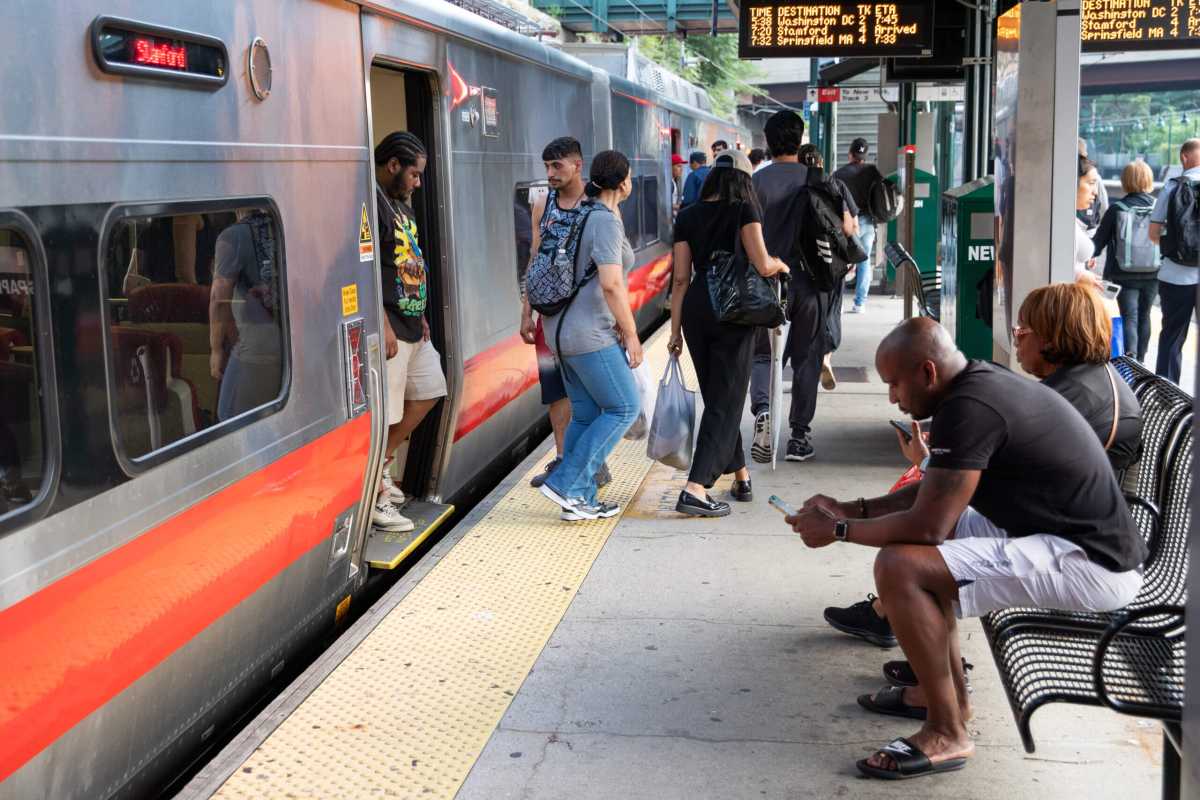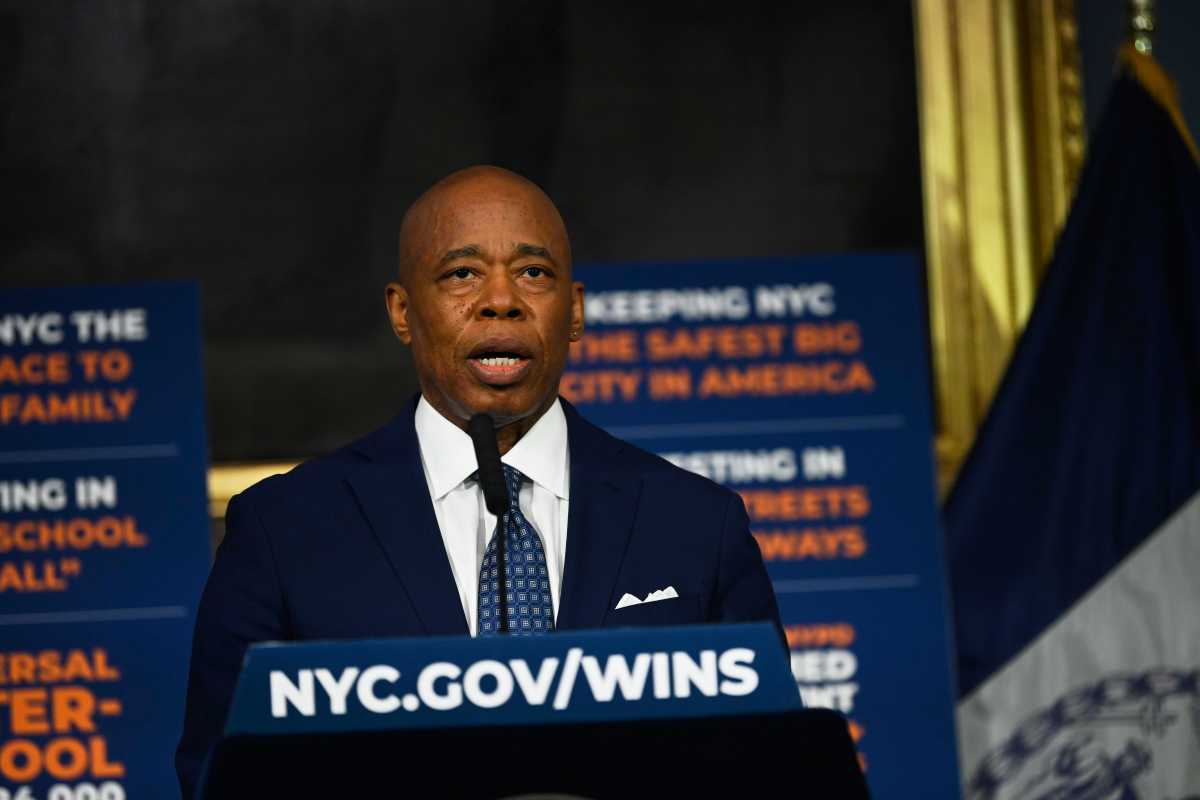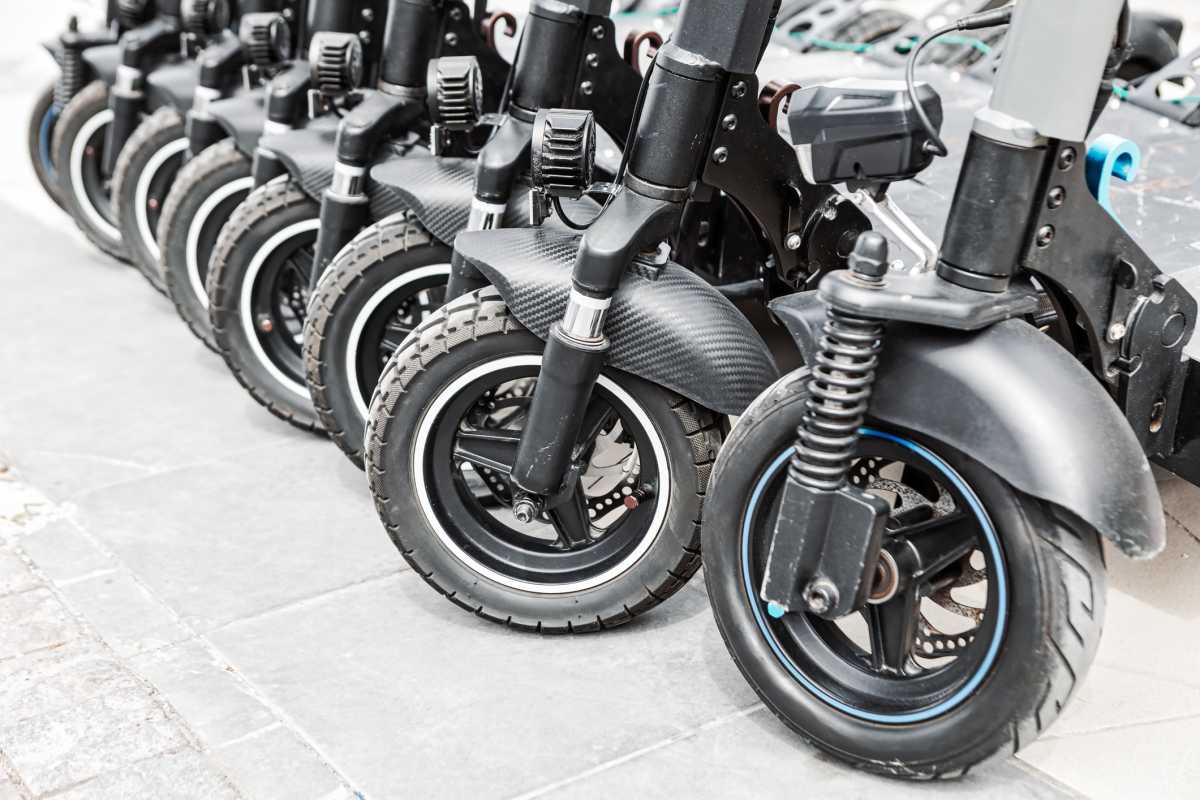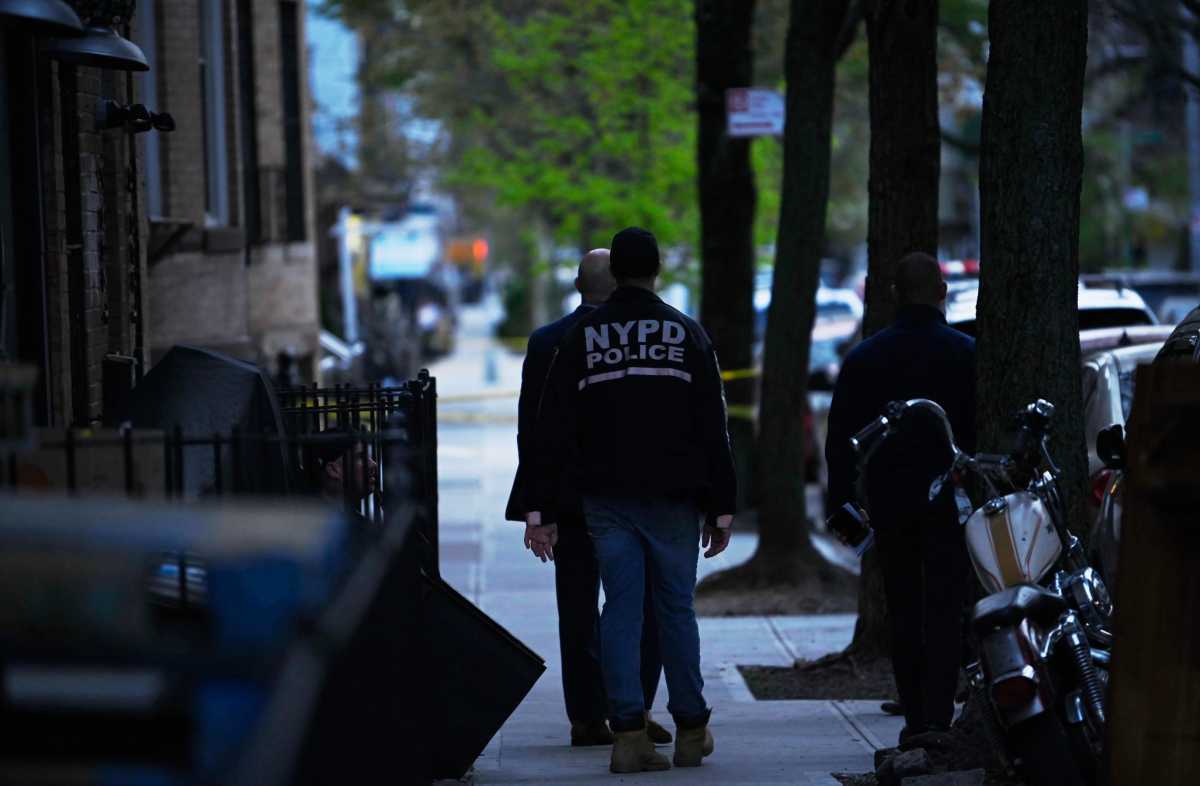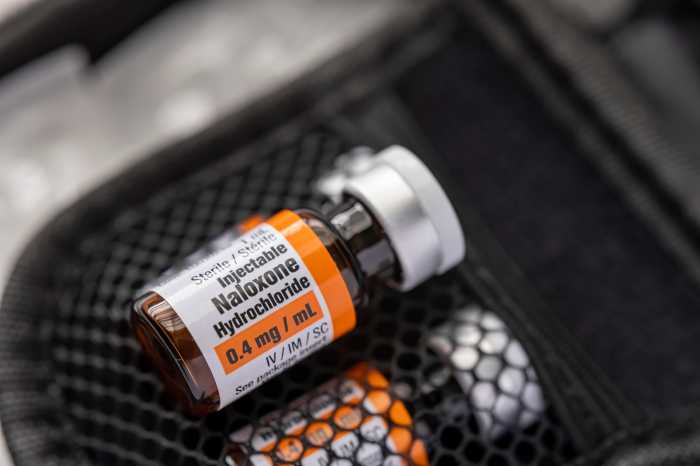The announcement by MTA Chairman Janno Lieber at the Monday MTA Capital Construction Monthly Board meeting that the East Bronx Metro-North project is now eight months behind schedule comes as no surprise to me. The same issues of insufficient track outages and use of Amtrak employees for support is resulting in the $12.6 billion MTA Long Island Rail Road (LIRR) East Side access to Grand Central Madison completion being delayed years and the cost increasing by a billion dollars — may apply to the East Bronx project schedule and budget.
Metro-North recently announced earlier this year that insufficient future track outages and lack of employee support from Amtrak may delay completion by 6-8 months. The project costs have already grown from $600 million — 20 years ago — to $3.1 billion prior to last year’s construction contract award.
This price tag does not include the cost for borrowing hidden under the MTA operating agency budget to help project financing.
It was always questionable if Amtrak could provide sufficient track outages and Amtrak employees to meet Metro-North’s aggressive schedule for completion by 2027. Amtrak is responsible for $1 billion of the $2.8 billion scope of work. The same Amtrak resources are also committed to other projects along the Northeast Corridor between Washington, D.C., and Boston for years to come. Three of these are in the Metro New York area: the $1.6 billion New Jersey Northeast Corridor Portal Bridge, $18 billion Gateway Tunnel Hudson River and $1.6 billion LIRR East River Tunnel projects. This does not include ongoing routine maintemance at Penn Station Newark, Penn Station New York as well as the Hudson and East River tunnels.
Metro-North has competing resource needs within its own annual capital and maintenance programs.
Only a review by an independent engineer for both Amtrak and Metro-North could have validated that both agencies have the resources to support this project. Ditto for the project construction schedule. The schedule provides the weekly, monthly and yearly detailed internal construction project interim milestones, along with sequencing of work that justifies the original 2027 completion date.
We need to see a project recovery schedule to validate the new promise of completion by November 2027. Don’t be surprised if over the next few years, the project completion date might slip even more.
The budget may also increase as construction contractors submit delay claims for insufficient and timely track access.
Claims that this project will save Bronx commuters up to 50 minutes in each direction are questionable. Metro-North needs to reevaluate the anticipated 33,000 pre-COVID-19 ridership growth projections. Many people are going to continue telecommuting from home on a part- or full-time basis for years to come
There is the issue of how potential riders will arrive at the four new Bronx stations. For those outside of walking distance, there will need to be extension or creation of additional new NYC Transit feeder bus routes. What about parking for those commuters who would drive to the station? One way of reducing automobile congestion and pollution created by those who drive to Manhattan is to take cars off the road. Some commuters from other nearby Bronx, Westchester and Connecticut communities might elect to use the new Bronx Metro-North service to Penn Station, if there were sufficient available parking adjacent to these new stations.
It remains to be seen how many current Bronx bus and/or subway commuters will want to pay the higher fares charged by Metro-North. The MTA continues to delay previously scheduled fare increases of 2% per year. Adoption of the MTA’s $51 billion 2020-2024 Five Year Capital Plan included revenues generated by a 4% fare increase every other year. There is a proposed 5% fare increase in 2023. This is sure to be followed by more fare increases in coming years prior to commencement of service.
Riders would still have to pay twice when transferring from Metro-North to the subway at Penn Station.
While some riders will exit Penn Station and walk to work, most will have to pay an additional fare for boarding the subway to other Manhattan destinations. These fares will inevitably go up.
Don’t be surprised to wait until 2028 or 2029 before boarding the first East Bronx Metro-North New Haven branch to Penn Station.
Larry Penner is a transit advocate who previously worked for the Federal Transit Administration.

